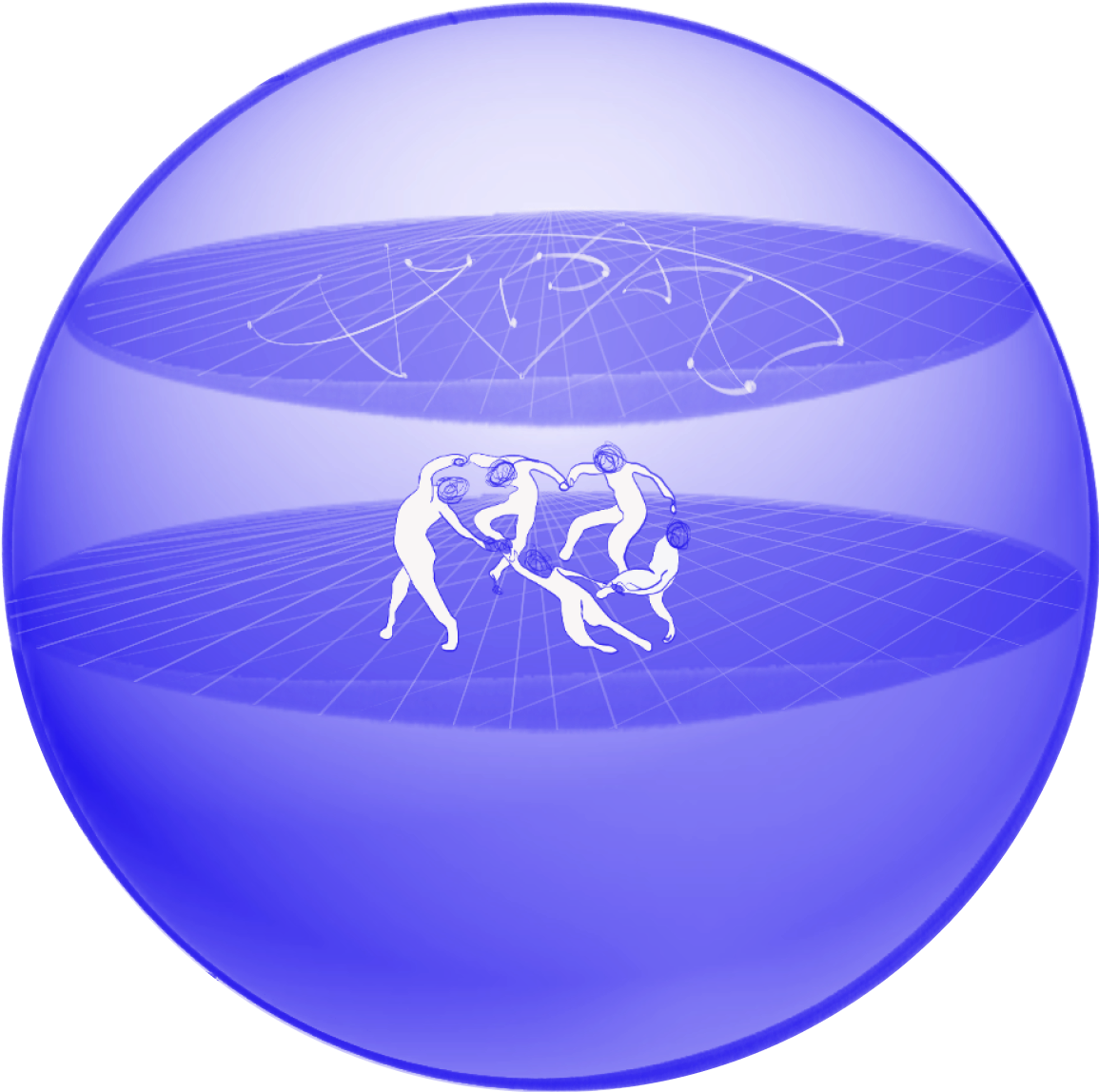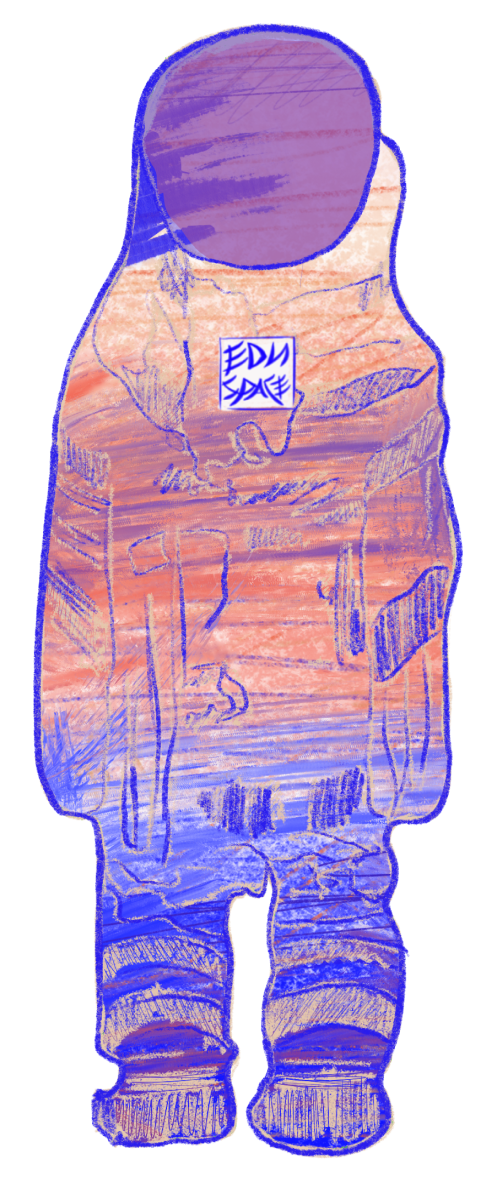By creating an educational program, we are creating something more…
When an educational experience designer creates a program, s/he analyzes the context, the students, forms a system of goals, and selects suitable methods to achieve them... But the program is more than goals, actions and people who implement them.
By creating a program, the designer creates an experimental piece of educational space—a reality with its own unique environment and atmosphere in which the student learns. It is experimental because each method or model remains a theoretical assumption about what should enhance learning. However, theory often shifts when it meets reality, and—most importantly—no one knows exactly how human beings learn.
There are many theories, models and opinions, but there is no single answer. So the designer can only assume that the person will change and learn in educational space that s/he created. This is an experiment, and the designer is an inventor. And, of course, the designer is part of this experiment: how s/he understands this world affects what kind of educational space will turn out.
The FIve Layers of Educational Space
Inspired by the works of Ekaterina Patyaeva, I identify different layers of reality that shape what a person feels, chooses, and does—or, in our case, the layers of the educational space in which a student learns. For me, creating an educational program means shaping these layers, both directly and indirectly.
* Patyaeva, E. (2008). Порождение действия: Культурно-деятельностный подход к мотивации человека [Generation of action: A cultural-activity approach to human motivation]. Smysl.
* Patyaeva, E. (2008). Порождение действия: Культурно-деятельностный подход к мотивации человека [Generation of action: A cultural-activity approach to human motivation]. Smysl.

1. The system of goals and educational outcomes
Educational spaces are shaped by a variety of goals—not just learning outcomes, but also broader program aims like promoting sustainability, fighting poverty, or generating profit. At the same time, students, teachers, and designers bring their own personal goals and beliefs into the space. Recognizing and aligning these diverse goals is key to intentional and effective educational design. Overall, this creates a complex web of goals—some explicit, some hidden—that influence designer's and participants' decisions.
2. The system of roles and interactions
It is a plan of actions that will lead the student to the goals. Different approaches, models and methods offer options for actions leading the student to the designated goals. The difference in scale:
3. The physical environment
Everything that surrounds the student: classroom, materials, interface, and people.
4. The atmosphere
All this already creates different feelings and motivation for the student. Still, the atmosphere (psychological environment) also plays a role — these are various beliefs, principles of group affiliations, roles, thinking patterns, rituals, sanctions, rules and tone of voices which shapes participants' perception of themselves and reality! Beliefs shape educational spaces by influencing how learning is designed, delivered, and experienced—guiding the choices of educators, students, and designers in what they value, prioritize, and implement.
5. The experiment
Creating an educational space involves making a series of choices—from defining the problem and formulating goals to designing solutions. Remember, each choice you make is a hypothesis—one that you will test through your educational experiment. Even with the most evidence-based practices, you never know how they will work out in your context until you try and test them!**
Educational spaces are shaped by a variety of goals—not just learning outcomes, but also broader program aims like promoting sustainability, fighting poverty, or generating profit. At the same time, students, teachers, and designers bring their own personal goals and beliefs into the space. Recognizing and aligning these diverse goals is key to intentional and effective educational design. Overall, this creates a complex web of goals—some explicit, some hidden—that influence designer's and participants' decisions.
2. The system of roles and interactions
It is a plan of actions that will lead the student to the goals. Different approaches, models and methods offer options for actions leading the student to the designated goals. The difference in scale:
- Program — the high-level logic of the entire road that a student is expected to go through;
- Strategies — a system of interactions for a series of classes;
- Short activities — short activities for one class;
3. The physical environment
Everything that surrounds the student: classroom, materials, interface, and people.
4. The atmosphere
All this already creates different feelings and motivation for the student. Still, the atmosphere (psychological environment) also plays a role — these are various beliefs, principles of group affiliations, roles, thinking patterns, rituals, sanctions, rules and tone of voices which shapes participants' perception of themselves and reality! Beliefs shape educational spaces by influencing how learning is designed, delivered, and experienced—guiding the choices of educators, students, and designers in what they value, prioritize, and implement.
5. The experiment
Creating an educational space involves making a series of choices—from defining the problem and formulating goals to designing solutions. Remember, each choice you make is a hypothesis—one that you will test through your educational experiment. Even with the most evidence-based practices, you never know how they will work out in your context until you try and test them!**
HERE YOU WILL FIND ALL THE MOST INTERESTING INFORMATION ABOUT The FIve Layers of Educational Space
Go to the section that resonates with you the most right now:






